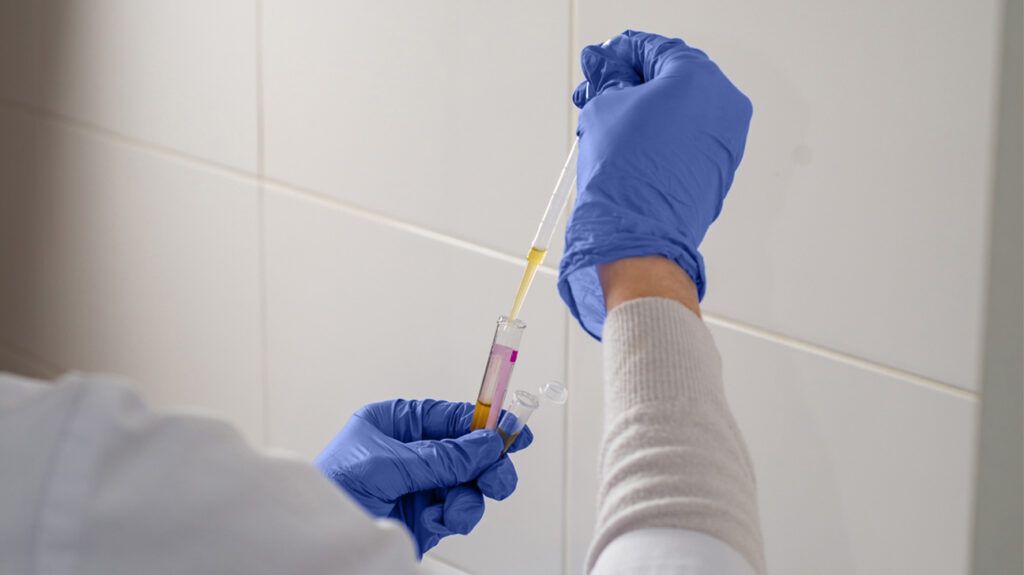A Food Additive Unlocks New Solutions for Scaling Brain Organoid Research

Stanford researchers discover that xanthan gum, a common food additive, prevents neural organoids from sticking together, enabling large-scale brain tissue studies and drug testing.
Researchers at Stanford University have discovered that a common food additive, xanthan gum, can effectively prevent neural organoids—miniature, simplified models of human brain tissue—from sticking together during growth. This breakthrough addresses a longstanding challenge in neuroscience research: producing large quantities of uniformly sized and shaped organoids necessary for studying brain development, disorders, and drug testing.
The Stanford Brain Organogenesis Program has been pioneering methods to grow three-dimensional brain-like tissues from stem cells, facilitating studies on neural circuitry related to pain, neurodevelopmental disorders, and more. However, scaling up production was hindered by organoids fusing or sticking to each other, reducing yield and variability.
To solve this, the team evaluated 23 biocompatible materials and found that xanthan gum, a substance widely used as a food thickener, effectively prevented organoid adhesion without affecting their development. This simple, economical solution allowed the production of thousands of organoids simultaneously, enhancing the potential for large-scale experiments.
As proof of concept, the researchers grew 2,400 organoids to test drug effects, including 298 FDA-approved medications. Their study identified some drugs that could potentially harm brain development, demonstrating the technique’s utility in drug safety testing, especially for vulnerable populations such as pregnant women and infants.
This advancement accelerates efforts to better understand neuropsychiatric conditions like autism, epilepsy, and schizophrenia. By enabling large-scale, consistent organoid production, scientists can now conduct comprehensive studies and screenings more efficiently, promising new insights into brain development and disorders.
The team has committed to sharing this accessible approach openly, hoping to inspire further innovations in brain research. This breakthrough exemplifies how a simple, everyday additive can have profound implications in biomedical science.
_source: https://medicalxpress.com/news/2025-07-common-food-additive-sticky-neuroscience.html
Stay Updated with Mia's Feed
Get the latest health & wellness insights delivered straight to your inbox.
Related Articles
Insulin Production in the Brain: A Surprising Fact Challenging Traditional Views
New research reveals that the brain produces insulin itself, challenging the traditional view that insulin is only made in the pancreas and opening new avenues for understanding brain health and disease.
Are Pediatricians Recommending Vaccines for Profit? Debunking the Myths
Exploring the reality behind vaccine recommendations in pediatric care, this article debunks myths of pediatricians profiting from vaccines and highlights the scientific basis for immunization protocols.
Can Adults Be Trained to Better Recognize and Avoid Sick Faces?
Research shows that adults can enhance their ability to identify sick faces through targeted training, aiding early disease detection and prevention.



